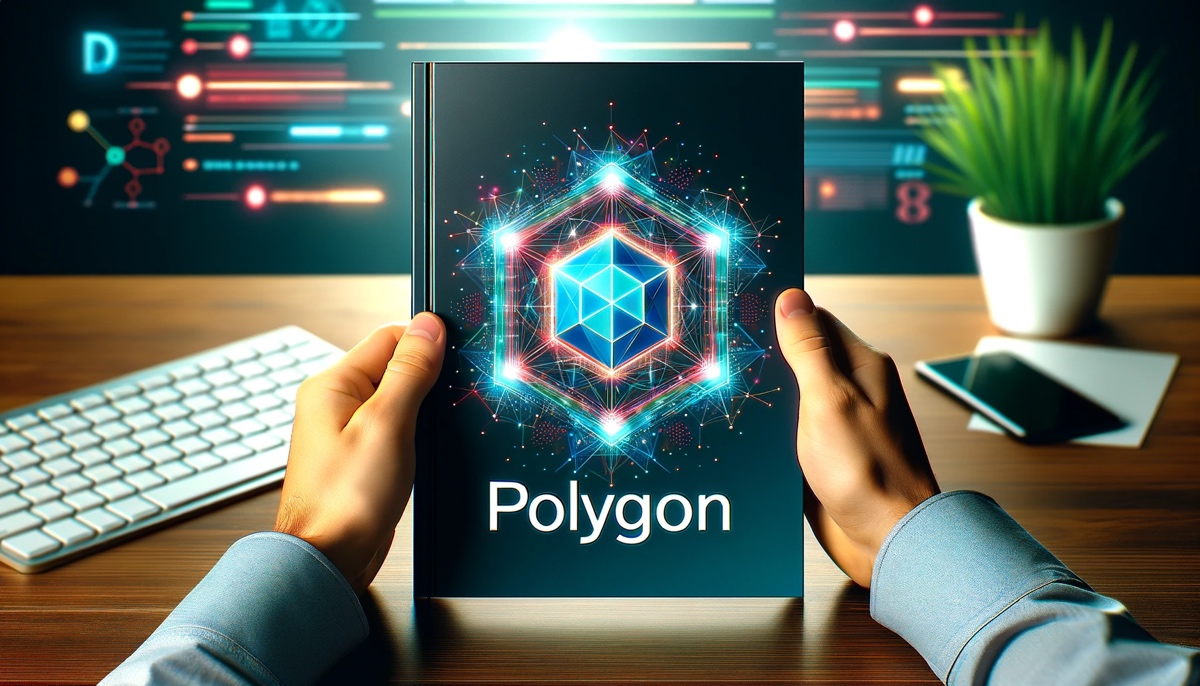Polygon Introduces 'AggLayer,' Aims to Simplify Blockchain Integration Across Platforms
Polygon Introduces ‘AggLayer,’ Goals to Simplify Blockchain Integration Across Platforms
Polygon Labs plans to release “AggLayer,” a brand new blockchain aggregation layer, in February. This constructing targets to spice up interoperability in some unspecified time in the future of blockchain platforms.
Essentially based fully mostly on Polygon’s recent blog, AggLayer is designed as a centralized protocol that aggregates zero-knowledge (ZK) proofs from linked chains. Its introduction is anticipated to address the fragmentation and scalability limitations currently faced by blockchain networks.
Polygon Addresses to Blockchain’s Lack of Interoperability
“Blockchains this day don’t detect or feel love the Internet,” said Polygon. “Rather than a unified, highly scalable network, customers face scaling limitations and unhealthy UX because of fragmented liquidity and express.”
“Unfortunately, the ever-increasing checklist of new chains being launched has compounded the difficulty. This atmosphere is equivalent to the pre-Internet generation, siloed and lacking interoperability,” said Polygon.
Hence, AggLayer is set to unify the safety and composability of numerous blockchain networks, including these within the Polygon ecosystem, offering a extra integrated user expertise.
The brand new network is a decentralized protocol that targets to originate two severe functions: to aggregate ZK proofs from all linked chains and to create clear that the protection of approach-quick unhealthy-chain transactions.
This aggregation is a pivotal step in evolving blockchain technology, challenging from monolithic (including Ethereum, as suggested by Polygon), integrated chains in direction of a extra flexible and interconnected framework.
“Monolithic → Modular → Aggregated”
Polygon acknowledged that blockchain networks had been firstly put monolithic, which implies they integrated a strategy of functionalities love consensus, files availability, and execution within a single layer. These systems had been unified and interoperable but faced limitations in scalability, security, and decentralization.
Because the scale of operations elevated, the hardware calls for for node validators grew, incessantly leading to elevated centralization and decreased security.
Essentially based fully mostly on the constraints of monolithic blockchains, developers shifted in direction of a modular architectural ability. This new framework enabled a multitude of chains to attempt independently and similtaneously, every declaring its beget sovereignty.
Nonetheless, the shift to modularity moreover launched its beget set of challenges, in particular in the case of liquidity and user expertise. This fragmentation led to the advent of multi-chain ecosystems that steadily required complex and inefficient bridging alternate recommendations, or in some cases, necessitated compromises in chain sovereignty.
Till now, blockchain scaling had 2 paradigms: Monolithic & Modular
Introducing the next one: Aggregation
A fresh solution combining the advantages of monolithic & modular designs by unifying liquidity through safe, approach-quick atomic unhealthy-chain txs the usage of ZK proofs.
Feb Mainnet 👇… pic.twitter.com/mE0qssoWyJ
— Polygon (Labs) (@0xPolygonLabs) January 24, 2024
“The plan in which to the monolithic-versus-modular pickle is a brand new category of blockchain derive: Aggregation,” said Polygon.
Essentially based fully mostly on the blog, AggLayer as a central screech of Polygon 2.0 will provide “the sovereignty and scale of modular architectures, as effectively because the unified liquidity and UX of a monolithic scheme, synthesizing these two approaches into one thing fresh.”
Source : cryptonews.com

